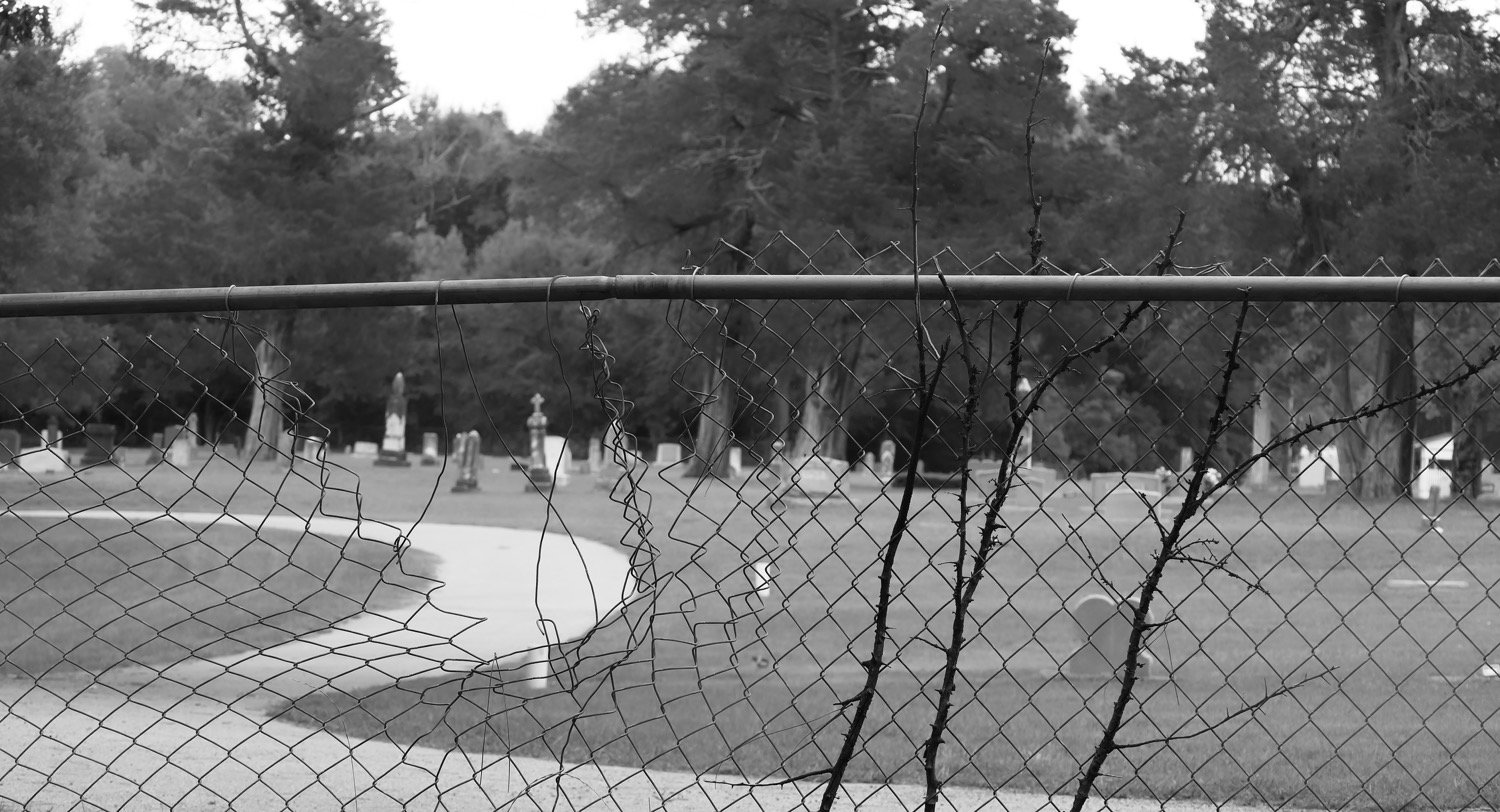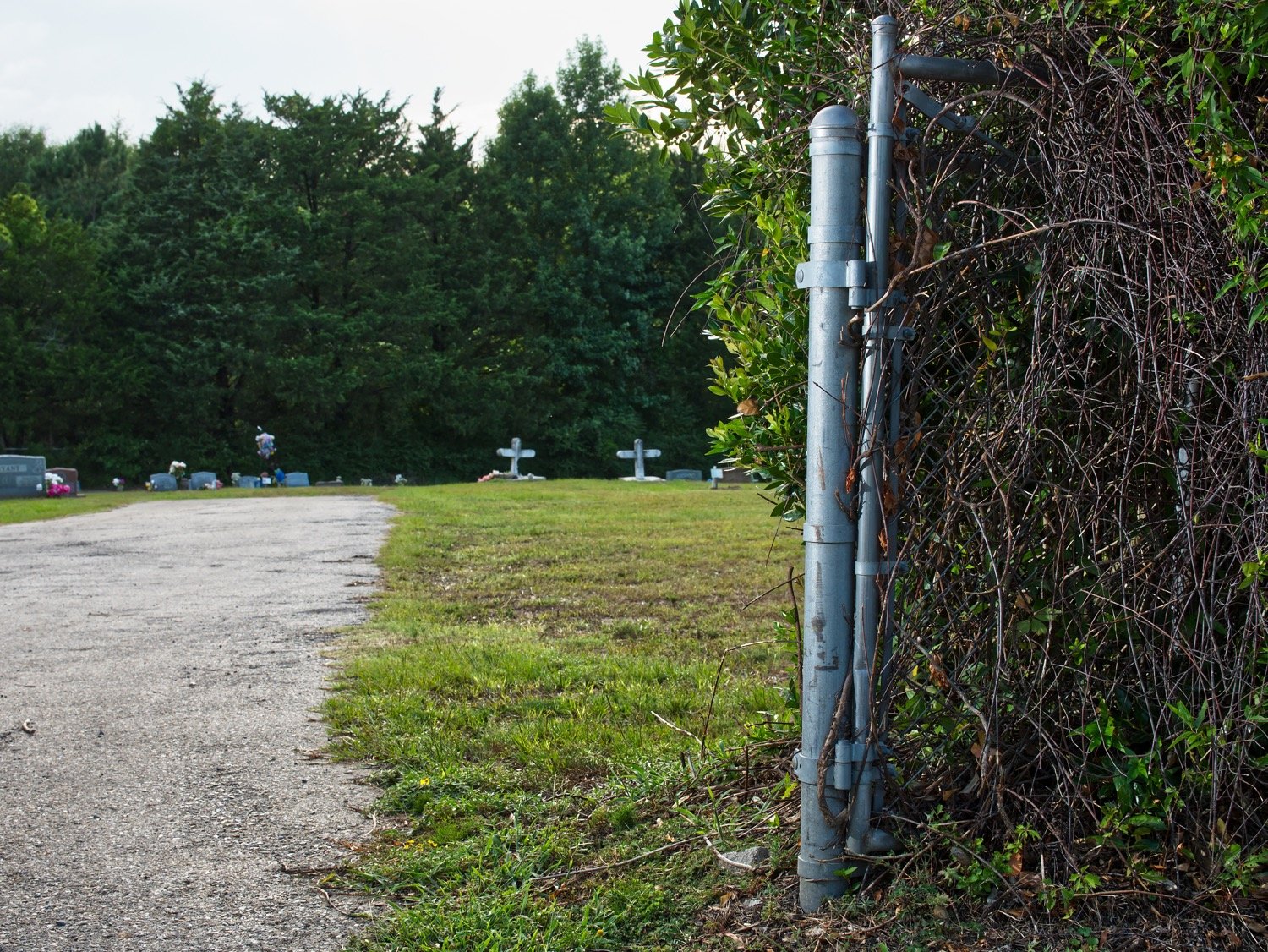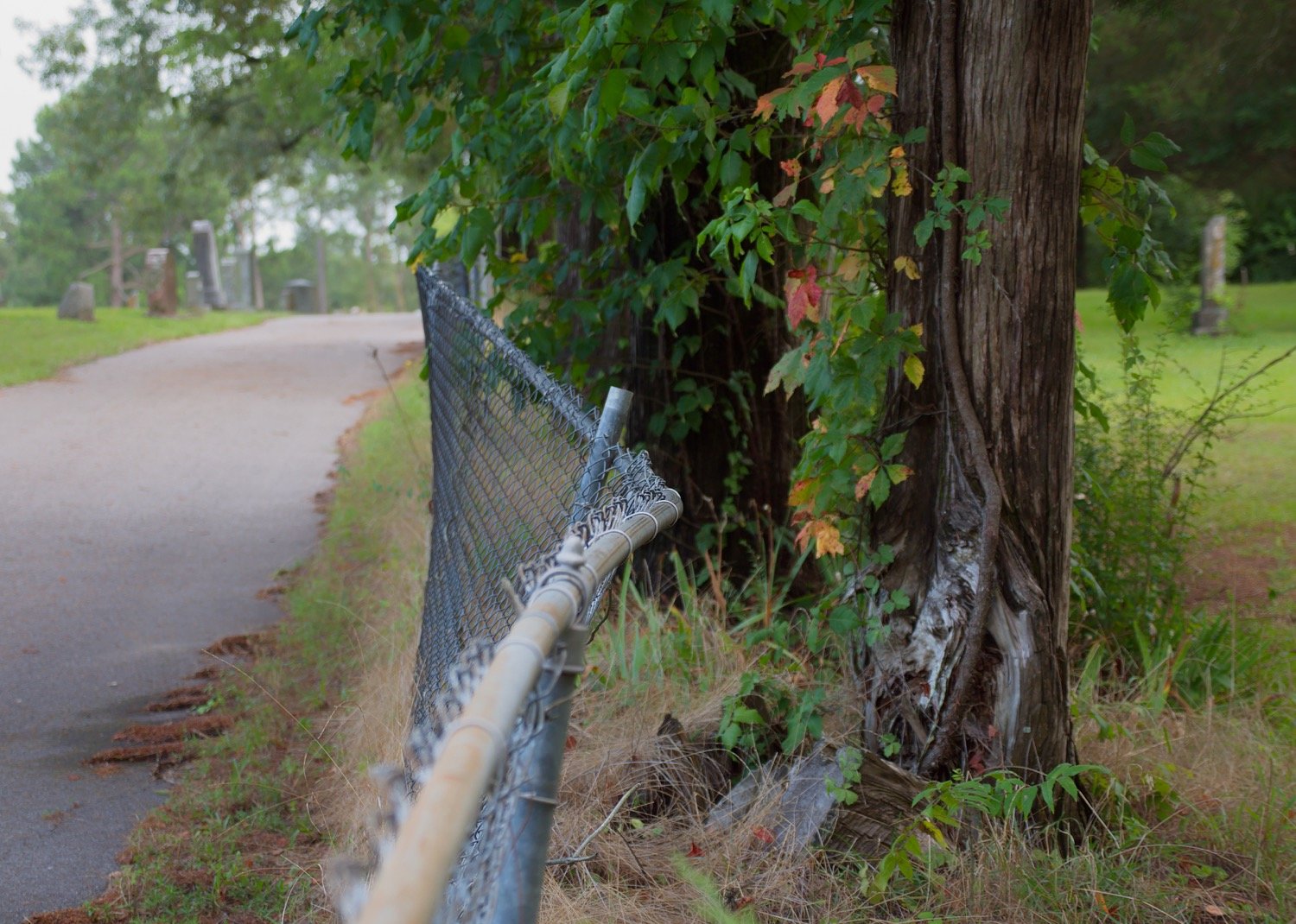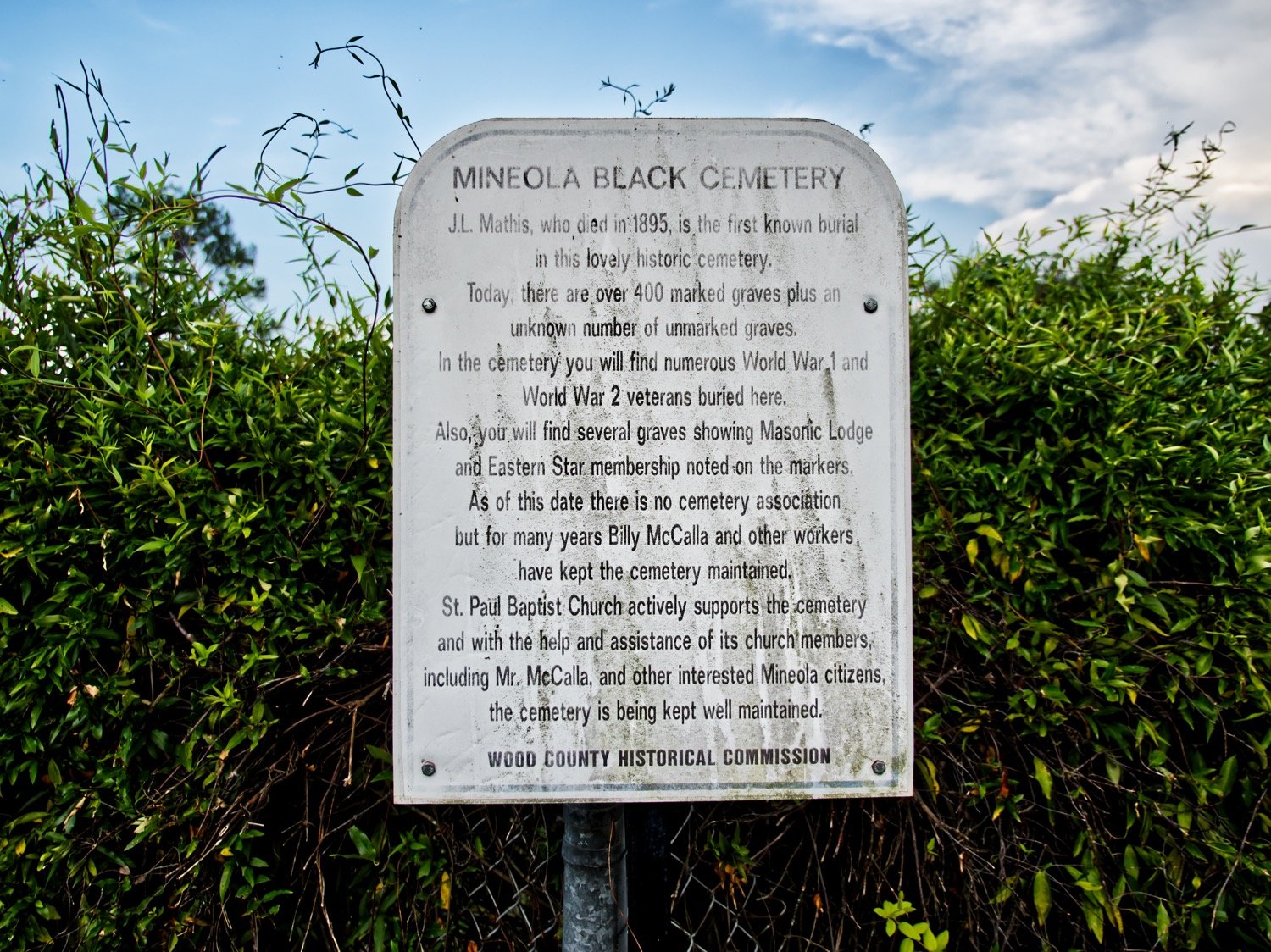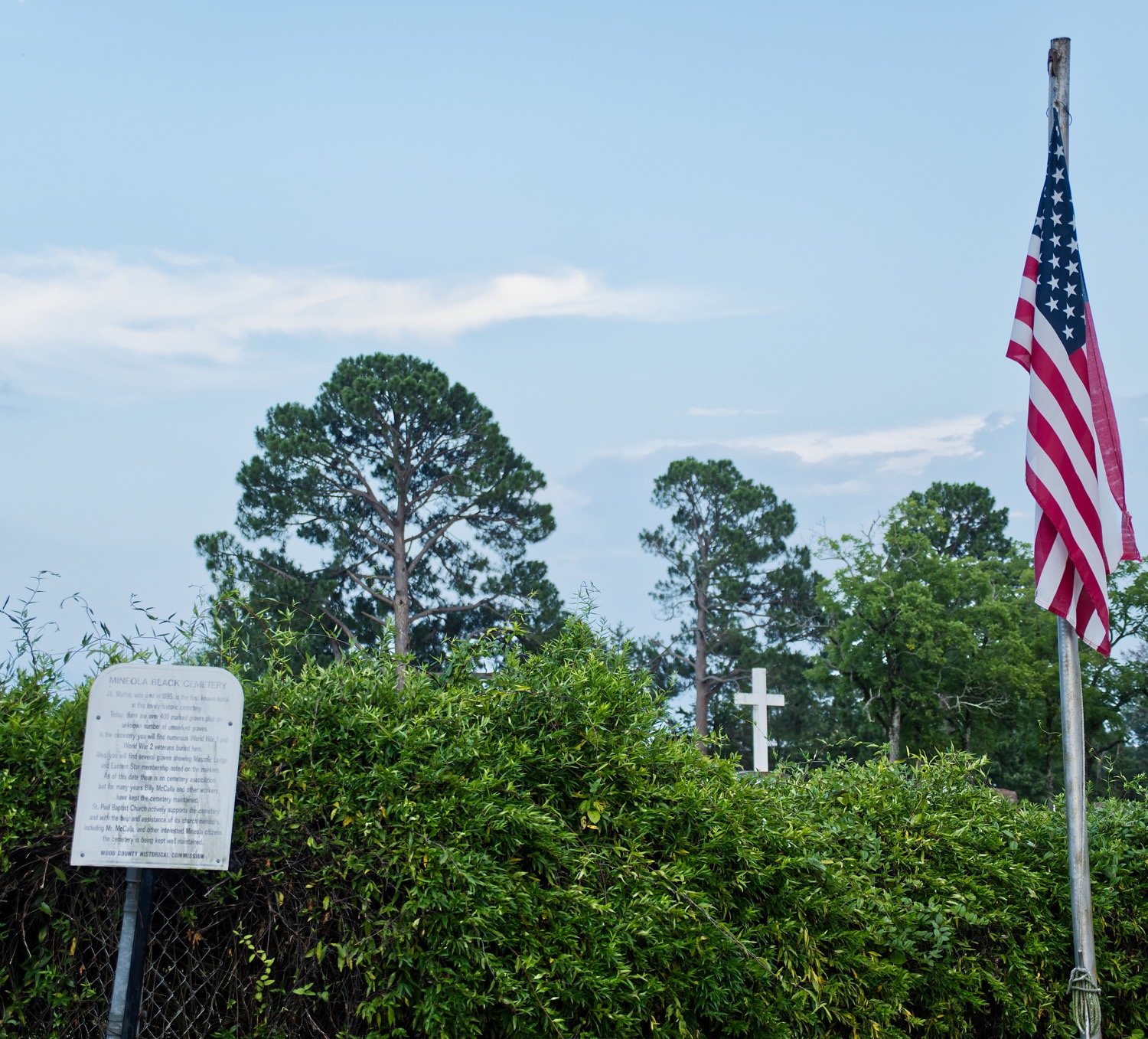Agreement reached to remove fence that separated cemeteries
publisher@woodcountymonitor.com
A vestige of the segregationist past is coming down in Wood County.
An agreement has been reached to remove the fence that has long separated what has been known as the Mineola Black cemetery from its white counterpart.
This item is available in full to subscribers.
Attention subscribers
To continue reading, you will need to either log in to your subscriber account, below, or purchase a new subscription.
Please log in to continue |
Agreement reached to remove fence that separated cemeteries
A vestige of the segregationist past is coming down in Wood County.
An agreement has been reached to remove the fence that has long separated what has been known as the Mineola Black cemetery from its white counterpart.
The fence was breached 12 years ago to allow passage between the Black cemetery and Cedar Memorial Gardens, which has been considered the white cemetery, off the west side of S. Pacific St.
At that time the agreement also allowed Blacks and whites to be buried on either side.
The topic resurfaced recently amid the national discussion of negative racial symbols following the death of George Floyd at the hands of Minneapolis police.
That discussion blossomed after the Friday funeral of Damone Williams, a 1993 Mineola graduate, whose friend Patrick Riesch, attending the funeral, noted the disparity in the two sections and the fence that still divides them, other than the one-lane opening.
Pastor Demethrius Boyd, with St. Paul Missionary Baptist Church in Mineola, spearheaded discussions with board members of Cedar Memorial Gardens, which resulted in a decision to allow the fence to be removed.
Boyd was also involved in the efforts that brought about the breach in the fence and the agreement to allow burials throughout both properties several years ago.
Both cemeteries are in private hands, with Cedar Memorial operated by a non-profit board and the Black cemetery operated in conjunction with St. Paul and the McFarland Foundation, which also operates the former Mineola Black school as a community event center.
St. Paul members assist the caretaker as they can with its upkeep.
“This has sparked a lot of passions with the national issues going on, and I got a lot of phone calls,” Boyd said.
He said he took his concerns to the organization (Cedar Memorial), and in the course of a day, had an agreement to allow the fence to come down.
The next step will be to come up with a plan to beautify the area once the fence is gone, but nothing that will provide a barrier or distinction between the two sections, he said.
Plans were to begin the work at midday Tuesday, assisted by city of Mineola crews, but were delayed by rain until next week.
Bianca Malinowski, a 2003 MHS grad who assisted in spreading the word, said she and Riesch were made aware of the fence’s long standing negative impact on the Black community in Mineola by Boyd and by 2004 grad Latrecia James, a relative of Williams’.

